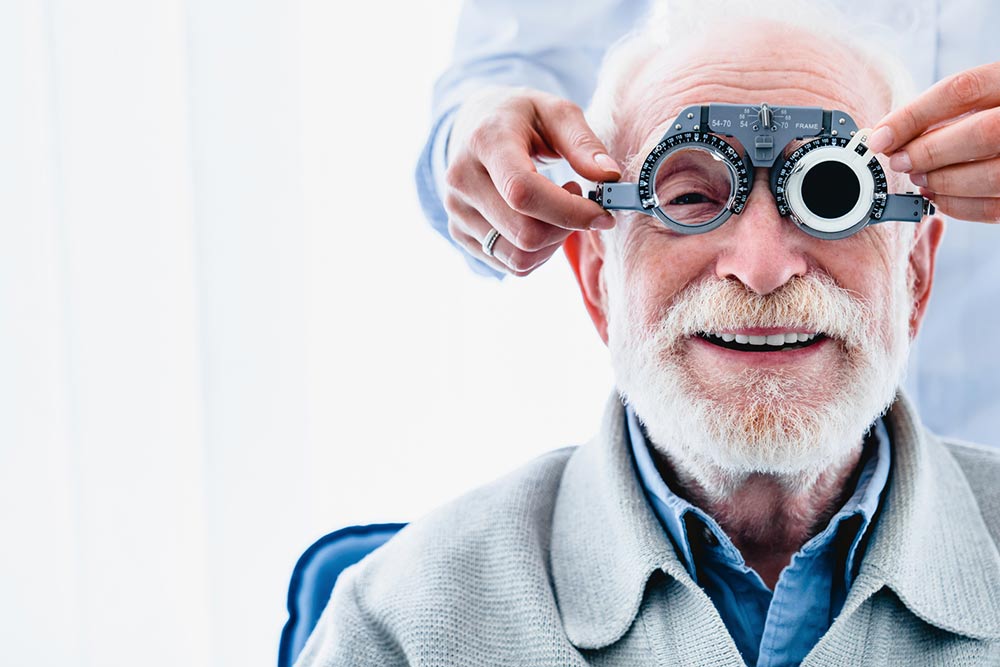Thyroid eye disease – Symptoms and management options

Thyroid eye disease (TED) is an autoimmune health condition that inflames one’s eyes, causing bulging and affecting the connective tissues, fatty tissues, and eye muscles. This condition is often associated with Graves’ disease, which causes an overactive thyroid gland that triggers TED. If left untreated, this condition can aggravate and even cause blindness due to the pressure on one’s eye nerves. Here are some common symptoms and treatments associated with Thyroid eye disease.
Symptoms of TED
Some common symptoms to watch out for include-
- Double vision or blurry vision
- Eyes look misaligned
- Eyes seem to carry an abnormal bulge
- Eyelids may swell or become red
- Ulcers appear on the cornea or the front of the eye
- Baggy eyes
- Excessive watering or dry eyes
- Inability to stand under the sun or other bright lights for long
- Difficulty in making normal eye movements
- Experiencing pain behind the eyes or while making movements
- Inflammation on the upper eyelids
- Colors look less bright or vibrant than they did before
- A gritting sensation or a feeling that there’s sand in the eyes
Treatment options for TED
Those suffering from TED may experience an active or stable stage of the condition. In the former stage, the inflammation keeps growing and may last up to three years. In the stable stage, the swelling may stop altogether. Usually, the condition progresses for the first year, and early treatment can help hinder it. Some common treatments recommended for TED include the following-
- Artificial tear drops or lubricant to moisten dry eyes
- Radiotherapy to avoid relapse and reduce swelling
- Prism glasses to help with double vision
- Rehabilitative therapy once the inflammation has stabilized
Surgery may also be suggested for those with permanent eye alterations due to the condition. It may include decompression surgery that aims to create more space at the back of the eye, eyelid surgery to enhance the functions of eyelids, or eye muscle surgery for double vision. Counseling often accompanies these treatments so the patient finds necessary support during the healing journey.



